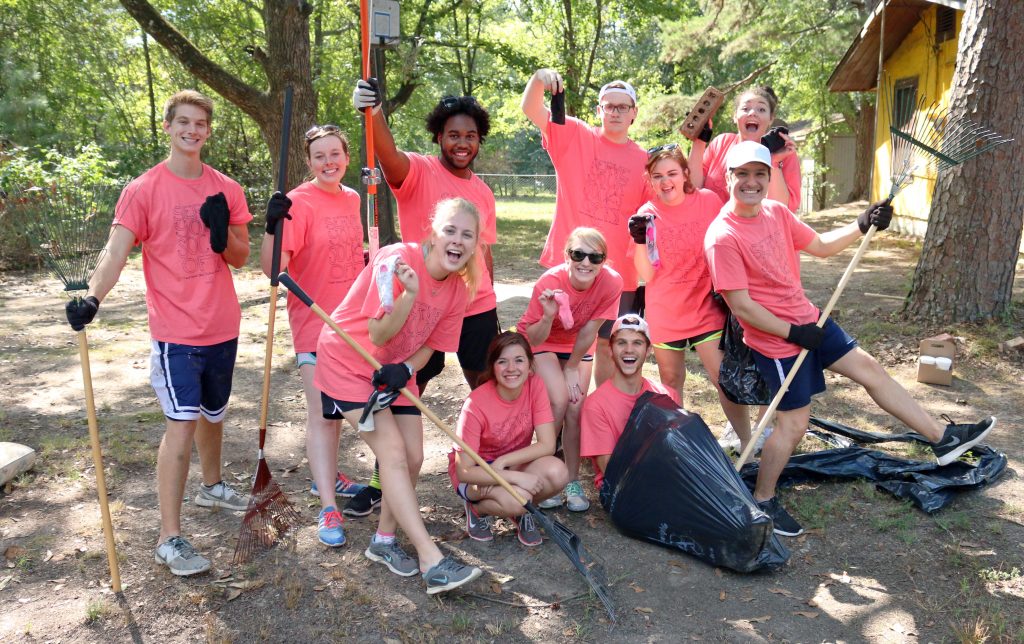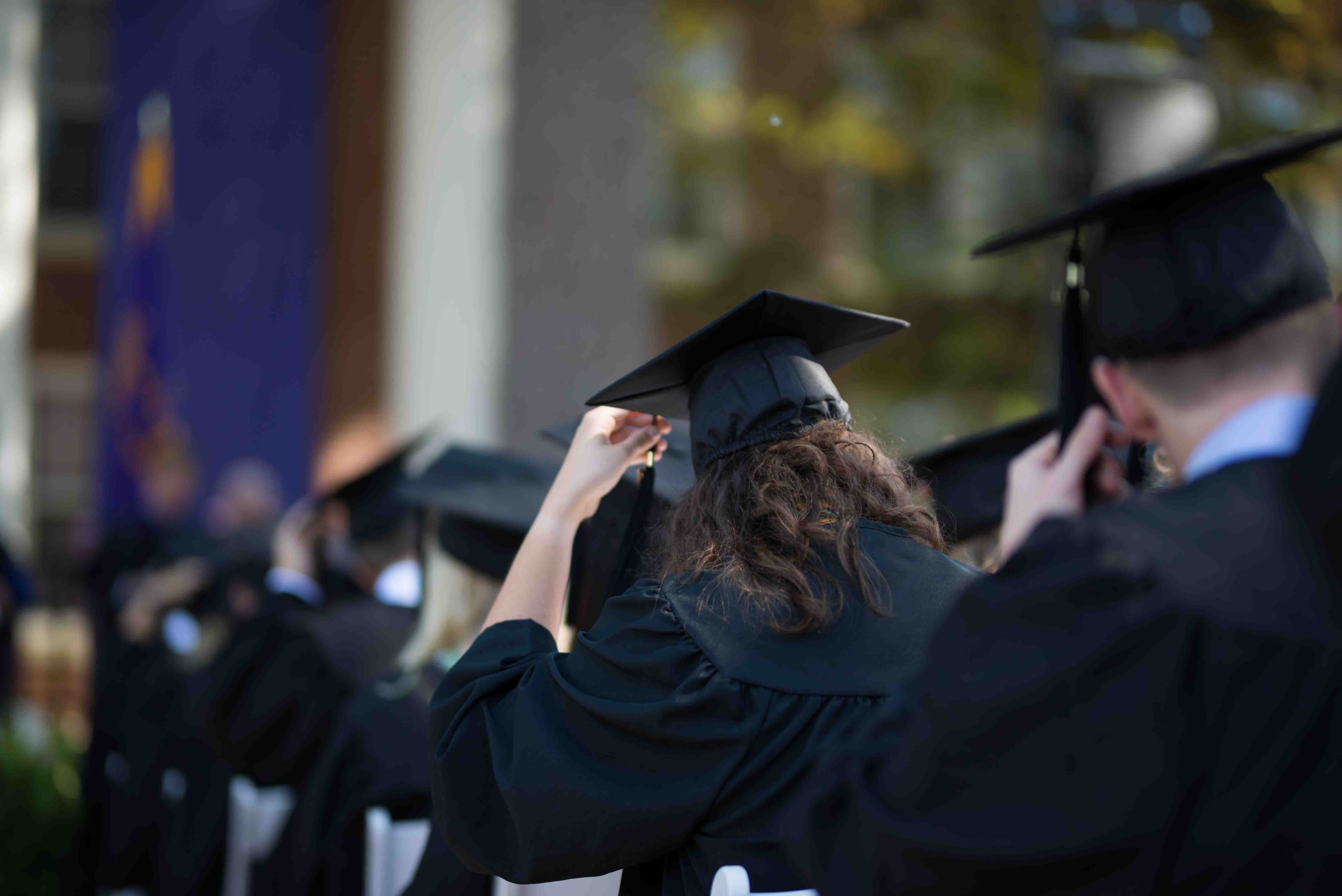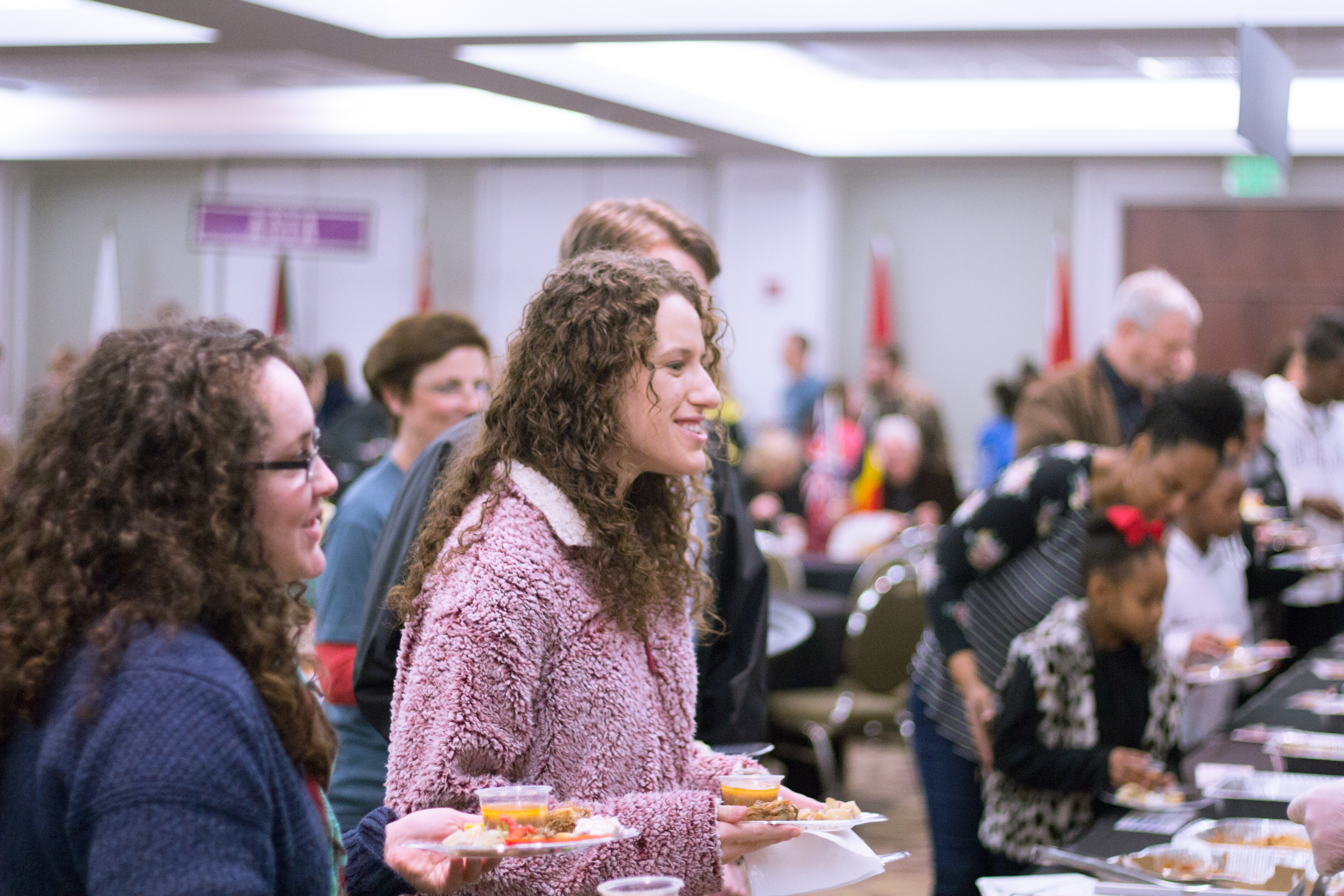The McClellan Rotunda has undergone a transformation process into a study area for students. It now includes three locations for various forms of studying while maintaining many of the original artifacts that remained in McClellan Hall since it was built in the 1970s.
Each year, Ouachita provides a survey based on student satisfaction, the National Survey of Student Engagement. Dr. Ray Granade, professor of history and the director of library services at Ouachita, makes an effort every year to see what areas students wants to see improved.
A major complaint that students seemed to have was, after the Riley-Hickingbotham Library closed each evening, students felt they had nowhere to study. The library provides a quiet work environment in which students can finish their homework and study alone or within groups. The library closes at 11 p.m., leaving students to find quiet spaces to study, a surprisingly tricky task. Studying in dorm rooms proved to be too difficult for many students, and the Evans Student Center is not as quiet as many students need in order to study. Dr. Granade set out to find a space that students could utilize in ways just like they utilize the library.
Granade wanted to use the McClellan Rotunda because of its “dead space.” Since the mid 1970s, the rotunda was only being used to display artifacts and information.
“At the time, the display was based on standard museum practice,” Granade said, “museum displays in the 70s still displayed the ‘look and don’t feel’ persona. Museums these days bring people in and have them interact.”
Working closely with Dr. Randall Wight, dean of the Sutton School of social sciences and Professor Wendy Richter, the library’s archivist, Granade set out to put the rotunda to multi-purpose use. With a generous donation from the Sturgess Foundation, the team saw this plan become a reality that was three years in the making.
The team created a glassed-in section for artifacts that could not be replaced. Moving the artifacts could possibly damage them, so the team worked around them. The walls that were painted in the 70s got a fresh coat of paint, and the lighting was replaced.
Light, as well as temperature and humidity, proved to impair paper artifacts. With help from maintenance, the team was able to safely create an area where students can view artifacts within the rotunda while keeping room for the study space that the team envisioned.
The prevailing obstacle was fashioning a comfortable workspace for students. The plan that Granade and his team finalized was three areas of space designated for studying.
The first area has larger tables for groups or committees to meet and carry out their assignments. Accompanied by comfortable seating, this area should be expected to be louder and more oriented for large groups.
Another space contains recliners, end tables and rugs to give the area a relaxed feel as well as definition. It even contains charging stations for students, should they need them. The final area, located in the rotunda itself, contains rounded tables, matching the appearance of the rotunda, and gives students a place to sit and complete their studies, whether before class or during late-night study sessions.
For more info about the project, contact Ray Granade at granade@obu.edu.
By: Will Blase, Staff Writer








